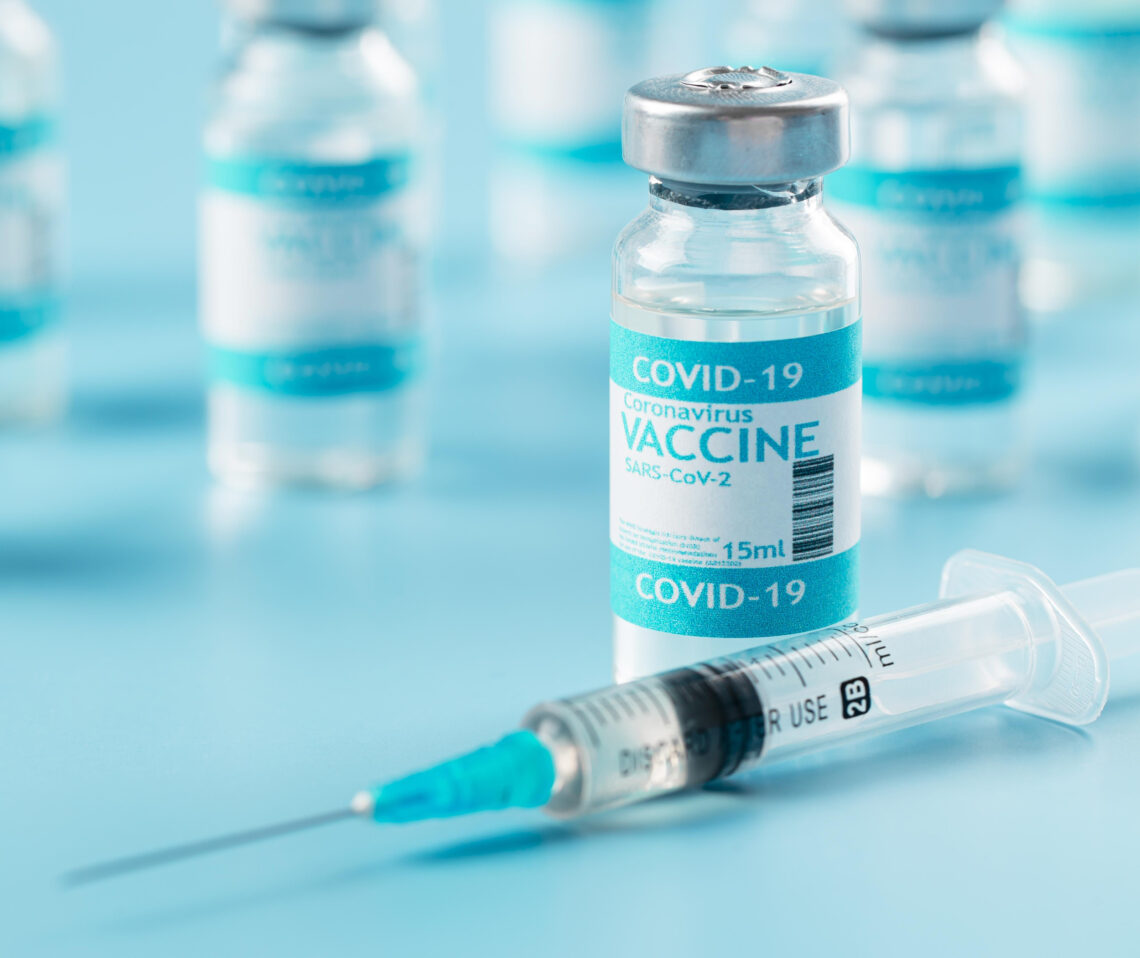Researchers have found that COVID-19 vaccination is linked to an elevated risk of facial palsy, with the risk particularly high within 28 days of taking the shot.
Facial palsy, also known as Bell’s palsy, leads to temporary weakness or paralysis of the facial muscles, resulting in drooping on one side of the face and difficulty making facial expressions. Although the exact cause of the condition is not known, experts believe that certain viral infections, autoimmune mechanisms, or vaccination can be potential triggers.
Although the pivotal clinical trials during the development of COVID-19 vaccines revealed no severe safety concerns, there has been an imbalance in the incidence of facial palsy among vaccinated individuals compared to the general population. This prompted the researchers to conduct a large-scale study involving over 44 million patients in South Korea to investigate the risk of facial palsy among individuals vaccinated against COVID-19.
The researchers examined a national health information database of individuals who received more than one dose of the COVID-19 vaccine and were then diagnosed with facial palsy within 240 days post-vaccination.
When the incidence of facial palsy within 1–28 post-vaccination was compared to a control window (the remainder of the 240-day observation period), the researchers noted that there were 5,211 cases within the risk window and 10,531 cases within the control window.
The study revealed a 12% increase in the risk of facial palsy within 1 to 28 days after any COVID-19 vaccine dose. The researchers also noted that the risk increased regardless of whether individuals received homologous or heterologous vaccines.
While the second dose showed a 7% higher risk, the combination of the first and second doses indicated an 8% increase. However, no increased risk was associated with the third dose.
“Facial Palsy (FP) risk increased within 28 days postvaccination, primarily after first and second doses, and was…
Read the full article here







